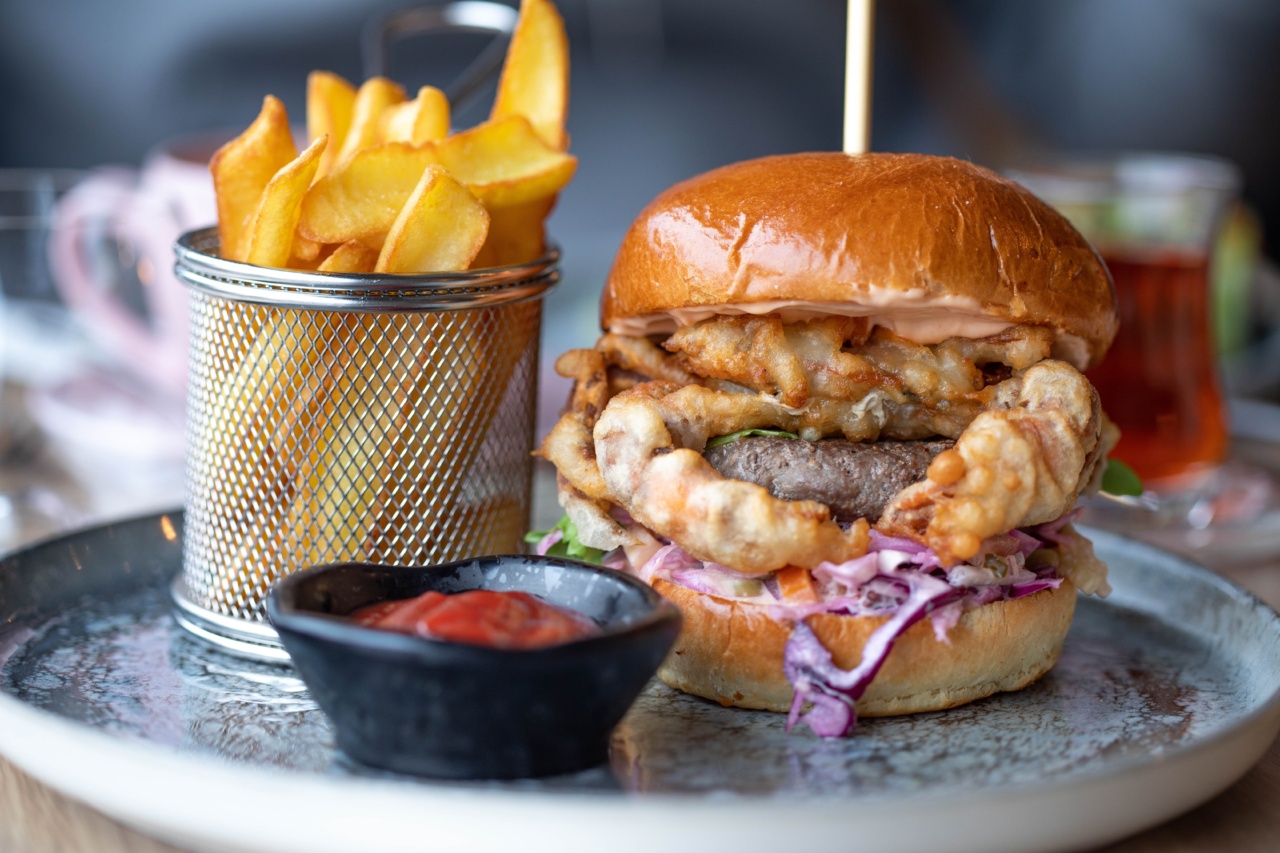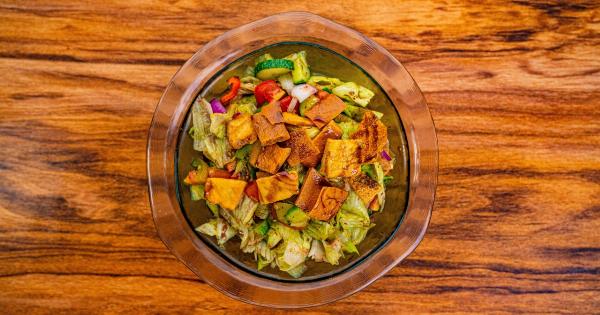Fatty liver disease occurs when there is an excessive accumulation of fat in the liver cells. This condition can lead to inflammation and scarring of the liver, which may eventually progress to cirrhosis and other serious liver diseases.
While there are several factors that contribute to the development of fatty liver, one of the main culprits is a diet high in fatty foods.
Understanding Fatty Liver Disease
Fatty liver disease, also known as hepatic steatosis, is a condition characterized by the excessive accumulation of fat in liver cells. It is commonly associated with obesity, insulin resistance, and metabolic syndrome.
The liver plays a crucial role in metabolism, including the breakdown of fats. However, when there is an imbalance between the accumulation and breakdown of fats, fat begins to accumulate in the liver.
There are two main types of fatty liver disease – alcoholic fatty liver disease (AFLD) and non-alcoholic fatty liver disease (NAFLD).
As the names suggest, AFLD is caused by excessive alcohol consumption, while NAFLD is unrelated to alcohol consumption and is often associated with obesity and unhealthy dietary choices.
The Link Between Fatty Foods and Liver Fat Deposition
The consumption of fatty foods, particularly those rich in saturated and trans fats, has been strongly linked to the development and progression of fatty liver disease.
These unhealthy dietary choices contribute to elevated levels of triglycerides and cholesterol in the blood, promoting the deposition of excess fat in the liver.
Saturated and Trans Fats: The Bad Guys
Saturated fats, primarily found in animal products such as red meat and full-fat dairy, as well as in tropical oils like coconut and palm oil, are known to increase the levels of low-density lipoprotein (LDL) cholesterol in the blood.
This type of cholesterol is commonly referred to as “bad” cholesterol as it contributes to the formation of fatty plaques in the blood vessels, leading to atherosclerosis and cardiovascular diseases. Additionally, studies have shown that consuming diets high in saturated fats can promote liver fat accumulation, inflammation, and insulin resistance.
Trans fats, also known as partially hydrogenated oils, are artificially produced fats commonly found in processed and fried foods, baked goods, and margarine.
These fats are even more harmful than saturated fats as they not only raise LDL cholesterol levels but also decrease levels of high-density lipoprotein (HDL) cholesterol, often referred to as “good” cholesterol. Trans fats have been associated with a higher risk of developing both cardiovascular disease and fatty liver disease.
The Role of Excessive Calorie Consumption
While the types of fats consumed play a significant role in liver fat deposition, the total calorie intake is equally important. Consuming an excess of calories, regardless of their source, can lead to weight gain and obesity.
Excessive calorie consumption causes the liver to become overwhelmed with triglycerides, resulting in the accumulation of fat in liver cells.
The Impact of Added Sugars
In addition to fatty foods, added sugars are also heavily implicated in the development of fatty liver disease.
High sugar consumption, particularly in the form of sugary beverages and processed foods, has been associated with elevated levels of liver fat, insulin resistance, and an increased risk of developing NAFLD. Fructose, a type of sugar found in high-fructose corn syrup and fruit juices, is particularly detrimental to liver health when consumed in excess.
Preventing and Managing Fatty Liver Disease
The good news is that fatty liver disease is often reversible, especially in its early stages. Making dietary changes can play a crucial role in preventing and managing this condition. Here are some tips to reduce the risk of liver fat deposition:.
1. Choose Healthy Fats
Opt for healthier fats, such as those found in nuts, seeds, avocados, and fatty fish like salmon. These fats are rich in omega-3 fatty acids, which have been shown to have anti-inflammatory properties and can help protect the liver.
2. Limit Saturated and Trans Fats
Reduce the consumption of foods high in saturated and trans fats. Limit the intake of red meat, full-fat dairy products, fried foods, processed snacks, and baked goods.
3. Consume a Balanced Diet
Focus on consuming a balanced diet that includes plenty of fruits, vegetables, whole grains, and lean protein sources. This will provide your body with essential nutrients while helping to maintain a healthy weight.
4. Minimize Added Sugars
Avoid sugary beverages like soda and fruit juices, as well as processed foods that are loaded with added sugars. Opt for water, herbal teas, and unsweetened beverages instead.
5. Stay Hydrated
Drinking an adequate amount of water throughout the day helps maintain optimal liver function and aids in the elimination of toxins from the body.
6. Engage in Regular Physical Activity
Exercise regularly to maintain a healthy weight and improve insulin sensitivity. Aim for at least 150 minutes of moderate-intensity exercise or 75 minutes of vigorous-intensity exercise per week.
7. Limit Alcohol Consumption
If you consume alcohol, do so in moderation. Excessive alcohol consumption is a major contributor to liver damage and should be avoided to prevent fatty liver disease.
Conclusion
Fatty liver disease is a serious condition that can lead to liver damage and other complications if left untreated.
Although multiple factors contribute to the development of this condition, the consumption of fatty foods, particularly those high in saturated and trans fats, plays a significant role in liver fat deposition. By making healthier dietary choices and adopting a balanced lifestyle, it is possible to prevent and manage fatty liver disease, ensuring the well-being of your liver and overall health.





























